
-
Find the right food for your petTake this quiz to see which food may be the best for your furry friend.Find the right food for your petTake this quiz to see which food may be the best for your furry friend.Health CategoryFeatured products
 Adult Salmon & Brown Rice Recipe Dog Food
Adult Salmon & Brown Rice Recipe Dog FoodSupports lean muscle and beautiful coat for adult dogs
Shop Now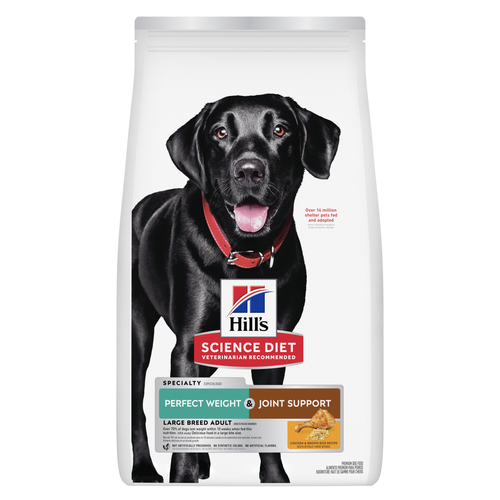 Perfect Weight & Joint Support Large Breed Chicken & Brown Rice Recipe Dog Food
Perfect Weight & Joint Support Large Breed Chicken & Brown Rice Recipe Dog FoodThis weight management and mobility support dog food was created with Hill’s unique understanding of the biology of overweight dogs
Shop Now Adult 7+ Healthy Cuisine Roasted Chicken, Carrots & Spinach Stew Dog Food
Adult 7+ Healthy Cuisine Roasted Chicken, Carrots & Spinach Stew Dog FoodDelicious roasted chicken paired with tender vegetables in a succulent stew
Shop NowFeatured products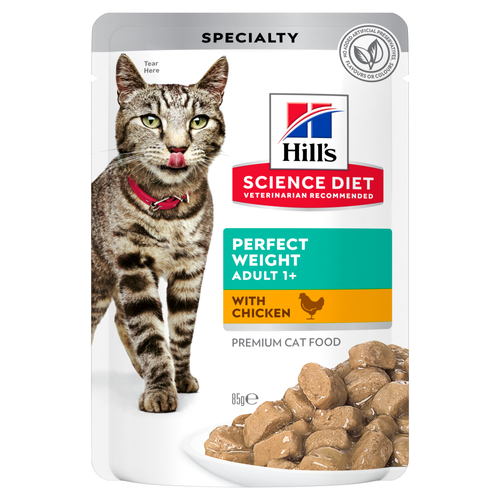 Adult Perfect Weight with Chicken Cat Food
Adult Perfect Weight with Chicken Cat FoodBreakthrough nutrition for your cat’s healthy weight maintenance and long-lasting weight support
Shop Now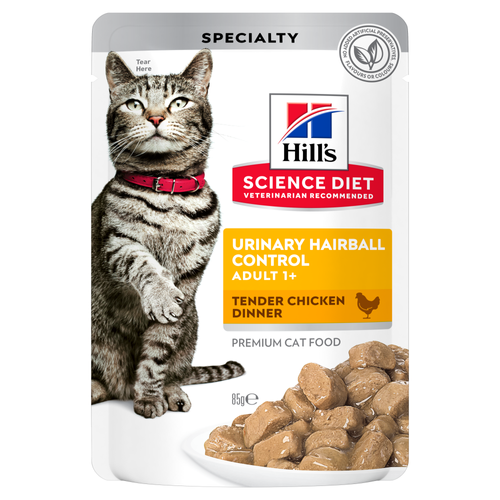 Adult Urinary Hairball Control Tender Chicken Dinner Cat Food
Adult Urinary Hairball Control Tender Chicken Dinner Cat FoodPrecisely balanced nutrition to support urinary health from kidney to bladder. With natural fibre technology to help reduce hairballs.
Shop Now Adult Salmon & Brown Rice Recipe Cat Food
Adult Salmon & Brown Rice Recipe Cat FoodSupports lean muscle and beautiful fur for adult cats
Shop Now -
DogCat
- Cat Tips & Articles
-
Health Category
- Weight
- Skin & Food Sensitivities
- Urinary
- Digestive
- Kidney
- Dental
- Serious Illness
-
Life Stage
- Kitten Nutrition
- Adult Nutrition
Featured articles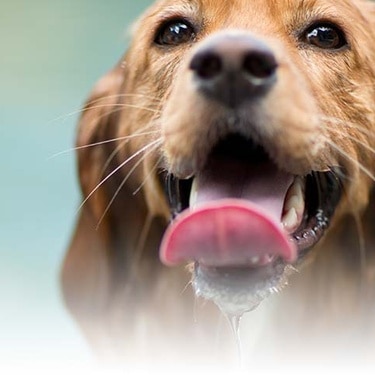 Water
WaterWater is the most important nutrient of all and essential for life. Animals can lose almost all their fat and half their protein and still survive, but if they lose 15% of their water, it will mean death.
Read More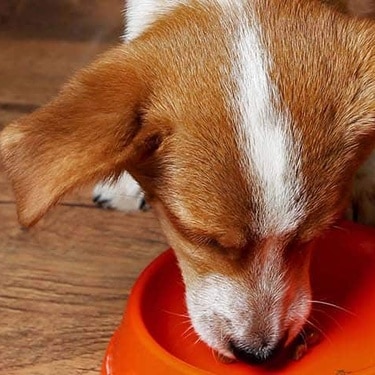 The Right Diet For Your Pet
The Right Diet For Your PetLearn what to look for in healthy pet food & nutrition, including ingredients, quality of the manufacturer, your pet's age, and any special needs they have.
Read More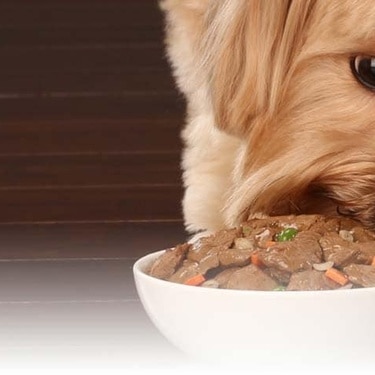 Pet Food Storage Tips
Pet Food Storage TipsWhere you store your cat and dog food can make a big difference in the quality and freshness once it is opened. Here are some common questions and recommendations for optimal storage for all of Hill’s dry and canned cat and dog food.
Read More -


1. Vision Loss and other Eye Problems
Has your dog begun bumping into things, falling uncontrollably or displayed signs of eye discomfort (eye redness, cloudiness, etc.)? He may be suffering from vision loss or an eye disorder. Deteriorating eyesight is part of the normal aging process for dogs. There are, however, certain things you can do to help your dog adjust. Ask your veterinarian for tips on handling dogs with vision loss and to rule out treatable eye diseases such as cataracts, dry eye syndrome, or conjunctivitis.
2. Increased/Strained Urination
Increased urination or strained urination may be an indicator of kidney disease or urinary tract infection, both of which are more commonly seen in middle-aged to older dogs. Fortunately, urinary incontinence and strained urination can often be alleviated with medication or a change in dog food. Consult your veterinarian if you suspect a problem.


Tasty Tips
For the complete slideshow on what to expect with an older dog, visit petMD.
Related products

Supports lean muscle and beautiful coat for adult dogs

Delicious roasted chicken paired with tender vegetables in a succulent stew

Gentle on stomachs while nourishing skin & supporting development in growing puppies

This weight management and mobility support dog food was created with Hill’s unique understanding of the biology of overweight dogs
Related articles
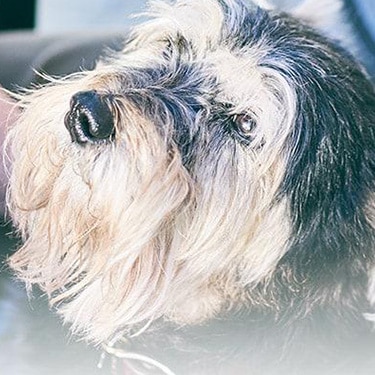
Though it may seem like your four-legged friend loves nothing more than to nap on the couch, dogs need regular exercise to stay healthy just like people do.
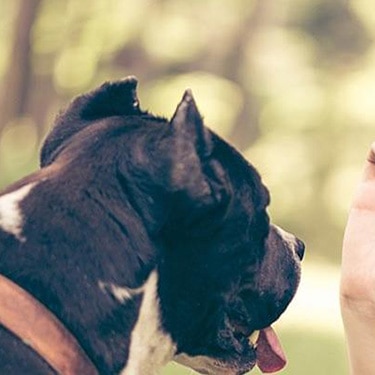
Learn what you can feed your pregnant or nursing dog to keep her and her new pups healthy.
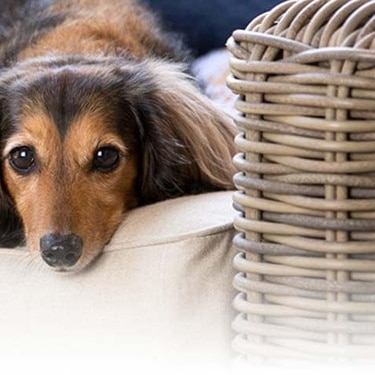
A dog with a sensitive stomach has special needs. Learn more about sensitive stomach symptoms in your dog, what you can do to help sooth your pet’s insides and get recommendations on sensitive stomach dog food.
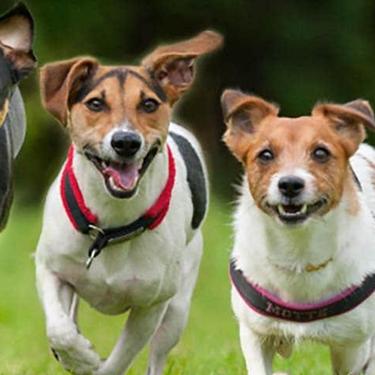
Selecting the right food for your puppy is a key to quality nutrition and a long, healthy life., Learn more about how to select the right puppy food.

Put your dog on a diet without them knowing
Our low calorie formula helps you control your dog's weight. It's packed with high-quality protein for building lean muscles, and made with purposeful ingredients for a flavorful, nutritious meal. Clinically proven antioxidants, Vitamin C+E, help promote a healthy immune system.
Put your dog on a diet without them knowing
Our low calorie formula helps you control your dog's weight. It's packed with high-quality protein for building lean muscles, and made with purposeful ingredients for a flavorful, nutritious meal. Clinically proven antioxidants, Vitamin C+E, help promote a healthy immune system.


